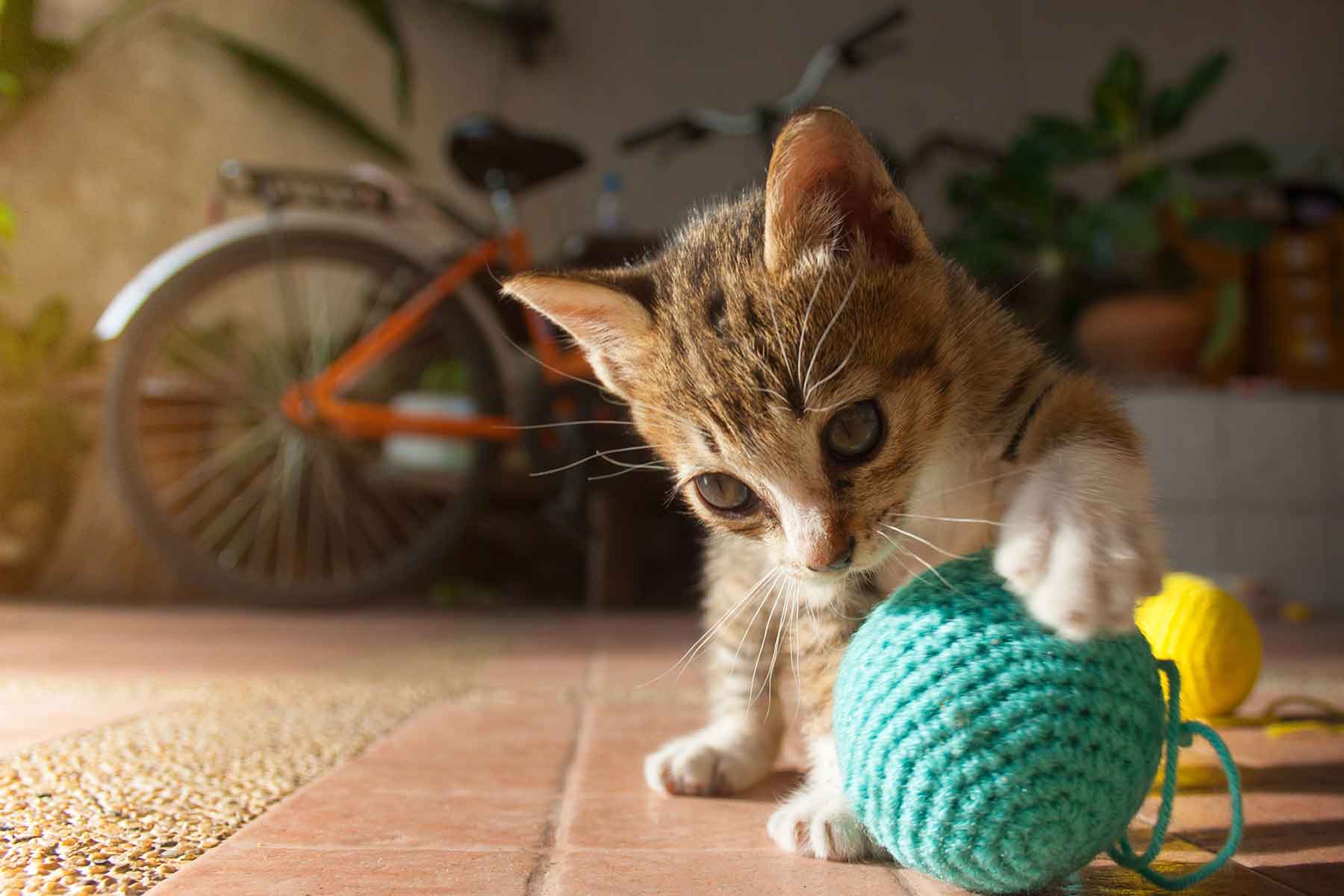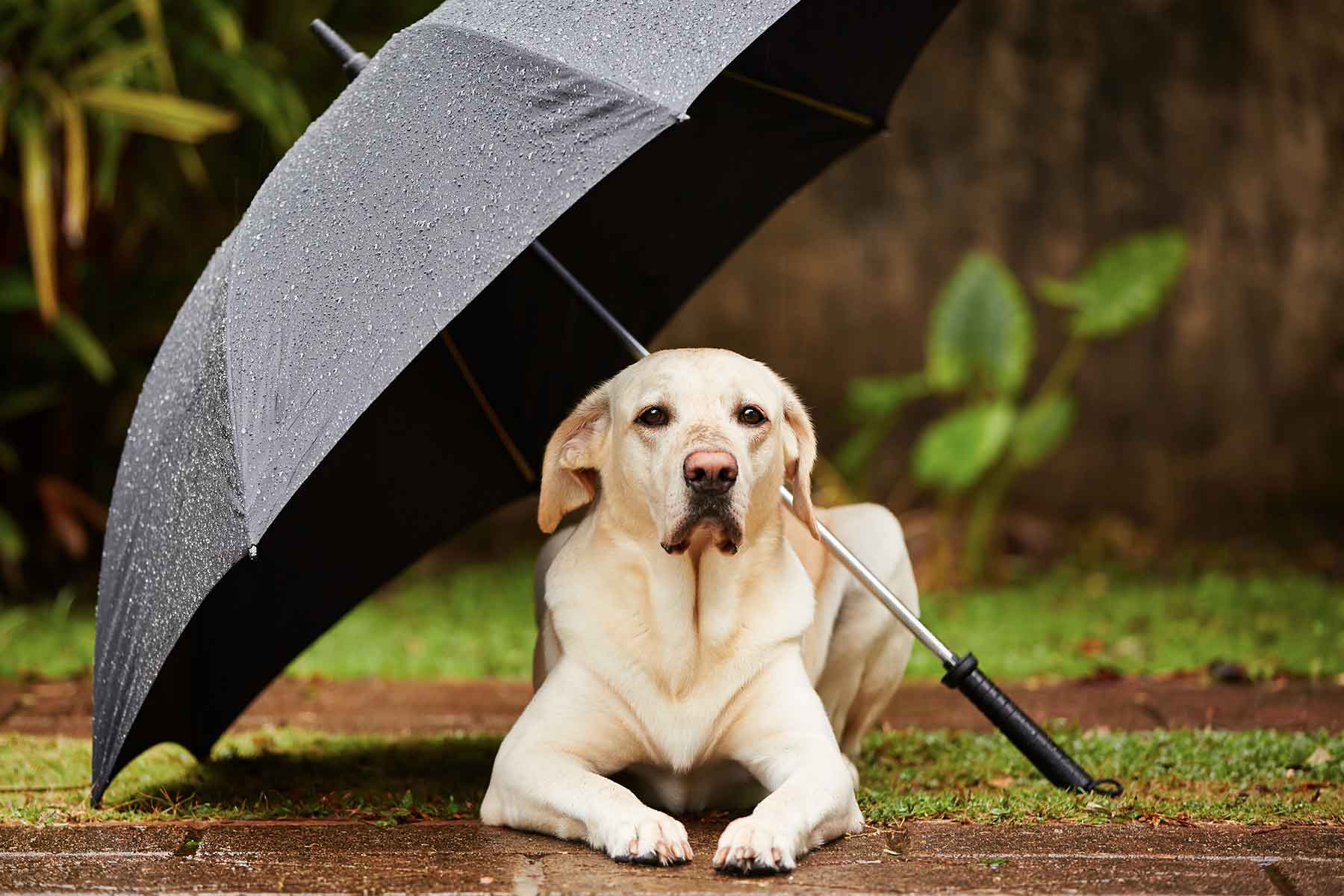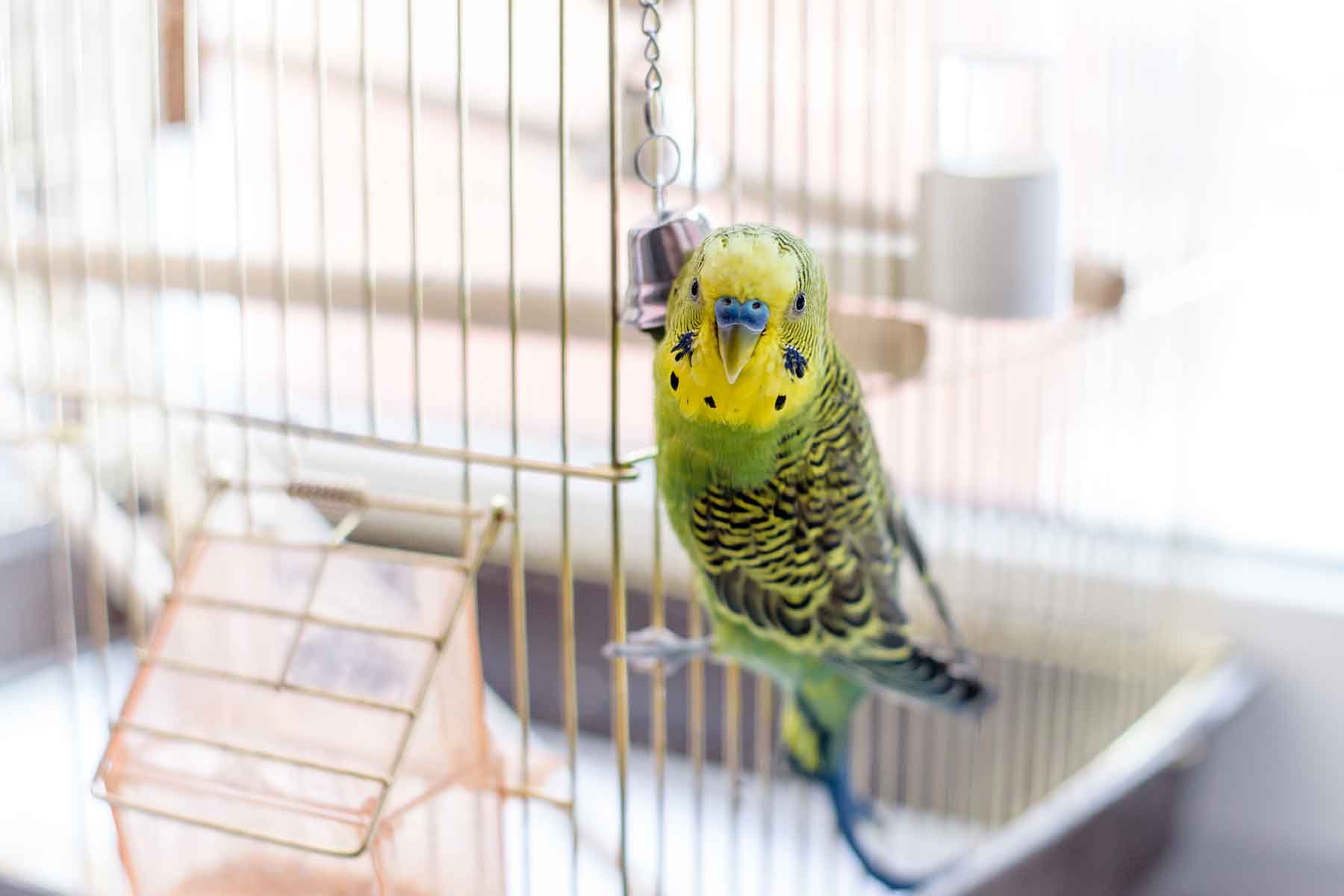Armed with curiosity and natural hunting instincts it is not uncommon for our favourite four legged friends to cross paths with a snake. At this time of year, even city dogs and cats can have these encounters in local parks particularly those near bodies of water such as lakes and beaches.
As snakes hibernate or are inactive during cold weather, snakebites usually occur in the summer months. Australia has a large number of venomous snakes but the tiger snake and brown snake (Dugite) account for the majority of snake bites in domestic pets around Perth.
First Aid
If you suspect your pet has been bitten by a snake you should immobilise your pet and try to keep him/her as quiet as possible. It is vital that you take your pet to a veterinarian as quickly as possible. The sooner your pet is treated, the better their chances of survival.
Do not put you or others at risk by attempting to identify the snake. Individual species of snake can vary in colour and pattern considerably and are all but impossible to definitively identify other than by experienced snake handlers.
Signs of Snake bite
Several factors will determine what sort of reaction your pet has to a snake bite. The type of snake (some species of snake are more venomous than others), the amount of venom injected (depends of the size and maturity of the snake) and the site of the snake bite are all contributing factors.
Dogs and cats are most often bitten around the head and limbs. Usually the closer the bite is to the heart the quicker the venom will be absorbed into the pet’s system and distributed around the body.
At the beginning of summer, when snakes first emerge from hiberation, their venom glands tend to be fuller and their bites at this time are much more severe. The length of time since the snake last struck can also be a contributing factor.
The signs of snake bite by a tiger or brown snake are varied. Snake bite symptoms consist of the following:
- Sudden weakness followed by collapse.
- Shaking or twitching of the muscles.
- Vomiting.
- Dilated pupils not responsive to light.
- Blood in the urine.
- In the later stages paralysis may occur.
Veterinary Treatment
Firstly your veterinarian will examine your pet, assess the clinical sign they are showing and determine the best course of action. Further diagnostic tests may be required to determine if your pet has actually been bitten and sometimes it is useful to identify the type of snake via a snake bite detection kit.
Veterinary treatment varies with each individual case, how severe the symptoms are and how rapidly the symptoms progress. Treatment usually consists of intravenous fluids and the administration of antivenom to neutralise the snake venom in the pet’s body. Some patients require multiple vials of antivenom.
Other supportive care may also be required – including oxygen supplementation and even breathing for the pet if they are not breathing well on their own. This needs to continue until the circulating antivenom has been neutralised and any bound venom has worn off.
If your pet is given antivenene for a snakebite, it is only being used to neutralise the snake venom in your pet’s system at that time. It does not protect your pet in future from further envenomation from a snake. Antivenene is not a vaccination or a preventative medication.
Recovery
Approximately 80% of pets survive snake bite if treated quickly. The survival rate is much lower however for pets that are left untreated, and death can occur.
Recovery from a snake bite usually takes 24 to 48 hours if the pet receives prompt veterinary attention and the snake bite is not severe. However, some pets will take substantially longer to make a full recovery due to tissue damage to internal organs and will require intensive and prolonged nursing care.
The deadly bite!
When a snake bites an animal it injects venom via the fangs into the tissue below the skin. Venom is rapidly absorbed from the site of the bite and carried mainly by the lymphatic system into the animal’s circulation.
Snake venom carries a large range of toxins that damage tissues and impair many of the body’s vital functions; they attack the nervous system and interfere with the body’s clotting mechanisms.
Remember… if your pet is bitten DO NOT try to catch or kill the snake, all Australian snakes are protected and you may expose yourself to unnecessary danger.
Antivenom
Antivenom is produced by gradually immunizing horses to the venom of a species of snake. The horse’s blood is then collected and the serum is separated and purified to make antivenom, containing specific antibodies to the toxins in the snake venom.
Snake antivenoms are expensive to produce and have limited shelf life; these factors are reflected in their high costs.
Precautions
Dogs are inquisitive by nature. When exercising them in bushland (particularly near water) or near beach dunes during the warmer months of the year, use a leash.
Cats are naturally born to hunt and stalk anything that moves. This unfortunately can lead to an unpleasant end, if he/she encounters a snake. If you live in the outer suburbs or semi-rural areas, keep your backyard clear of long grass, and remove any piles of rubbish. This will help to reduce the number of hiding spots for snakes to reside in.
What to do if you find a snake
Contact the Department of Parks and Wildlife (DPAW) Snake Removal Service via the Wildcare Helpline on (08) 9474 9055. The Department will refer you to a volunteer reptile remover. Our hospitals also keep a list of snake catchers. The snake catchers are independent volunteers who provide a safety-related service for the public and a welfare-related service for native fauna.
Remember… if your pet is bitten DO NOT try to catch or kill the snake, all Australian snakes are protected and you may expose yourself to unnecessary danger.
For more comprehensive information on snakes visit the Department of Parks and Wildlife











